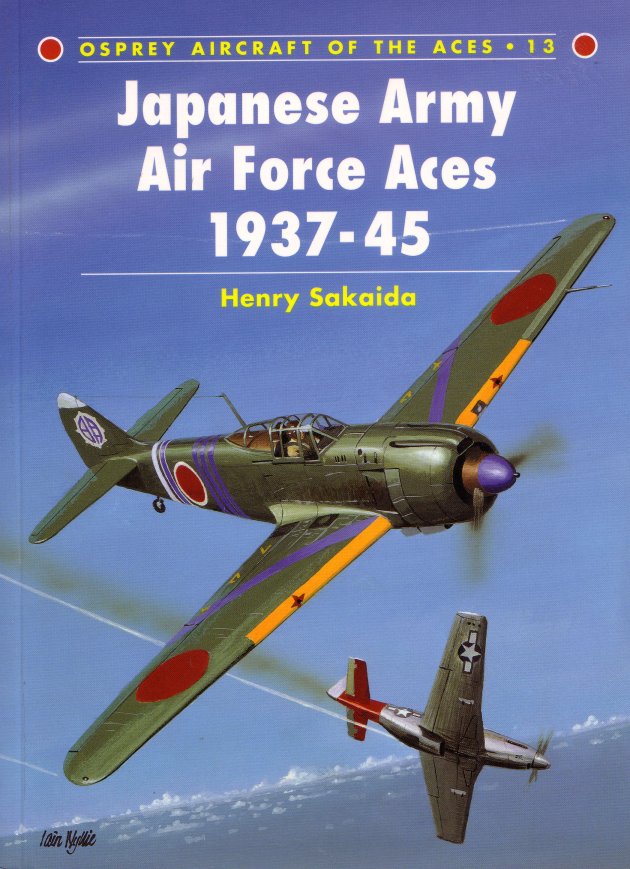Japanese Army Air Force Aces 1937-1935

This is another of the excellent Osprey series of books on World War II, filled, as are the others, with a great deal of information, photographs, and so on.
This one is concerned with the aces of the Japanese Army Air Force, an ace being someone who shoots down at least five enemy planes.
One of the things I found most interesting was the admission in the book that the counting of kills was inflated on both sides of the war. Numerous examples are given where either the U.S. or Japan claims x number of kills, where the real number was actually much less than that.
The first chapter deals with Japanese forces in China, where they were fighting the Chinese Air Force. At first the biplanes were used by both sides, but the Japanese went to planes with one wing structure and those were vastly superior.
Nomonham was something I had not heard about before. It was a war-within-a-war between the Soviets and the Japanese in Manchuria. There was a lot of air action in the undeclared war, and the fighting was ended when both sides decided they had had enough.
It is also very interesting that, during the fighting, the Japanese Army Air Force attacked a Soviet airfield in open defiance of an order by their superiors not to attack. This supports the idea that the Japanese military was not necessarily in control of their own forces in the Manchurian area.
The second chapter includes some information on the American Flying Tigers., along with information on Japanese pilots. There is also a very impressive section showing drawings of the various Japanese planes used , showing their markings, where they were used, who flew it and when.
The third chapter deals with the New Guinea fighting, and notes that the U.S. blockade reduced the Japanese defenders to near starvation. Another thing I noted is that, in describing what happened to some of the Japanese aces who managed to survive the war, a number of them seemed to have changed their names after the war, although no explanation of the exact reasons why is given.
The last chapter deals with defense of the home islands and near-by areas, and talks about the kamikaze attacks. The last major air combat between U.S. forces and the Japanese Army Air Force was on July 25, 1945. By that time, the Japanese had begun to decide to save up as many of their planes as they could for what would be a massive series of suicide strikes against American ships and troops during an expected invasion of Kyushu.
Main Index
Japan main page
Japanese-American Internment Camps index page
Japan and World War II index page
|